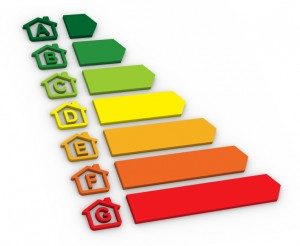Based on the average amount of radon gas in the home of each American, the EPA (Environmental Protection Agency) estimates that about 20,000 lung cancer deaths each year in the U.S. are related to radon gas exposure, which is the second leading cause of lung cancer after smoking.

A radioactive carcinogen that is odorless, tasteless and invisible, radon gas is produced by the decay of naturally occurring uranium in soil and water. Lung cancer is the only known effect on human health from exposure to radon in air, and it is equally dangerous to both children and adults.
Radon in air is ubiquitous; it is found in outdoor air and in the indoor air of all types of buildings. For most of us, the greatest exposure to radon is in our homes; especially in rooms that are below grade (e.g., basements), rooms that are in contact with the ground and those rooms immediately above them. The higher someone is in a home, such as a three-story house, the higher the exposure.
For testing of radon in your home, call SWSS today. Let us help ensure your safety.
Interesting factoid: The EPA recommends homes be fixed if the radon level is 4 pCi/L (pico Curies per Liter) or more. Because there is no known safe level of exposure to radon, it also recommends that Americans consider fixing their home for radon levels between 2 pCi/L and 4 pCi/L. The average radon concentration in the indoor air of America’s homes is about 1.3 pCi/L.
